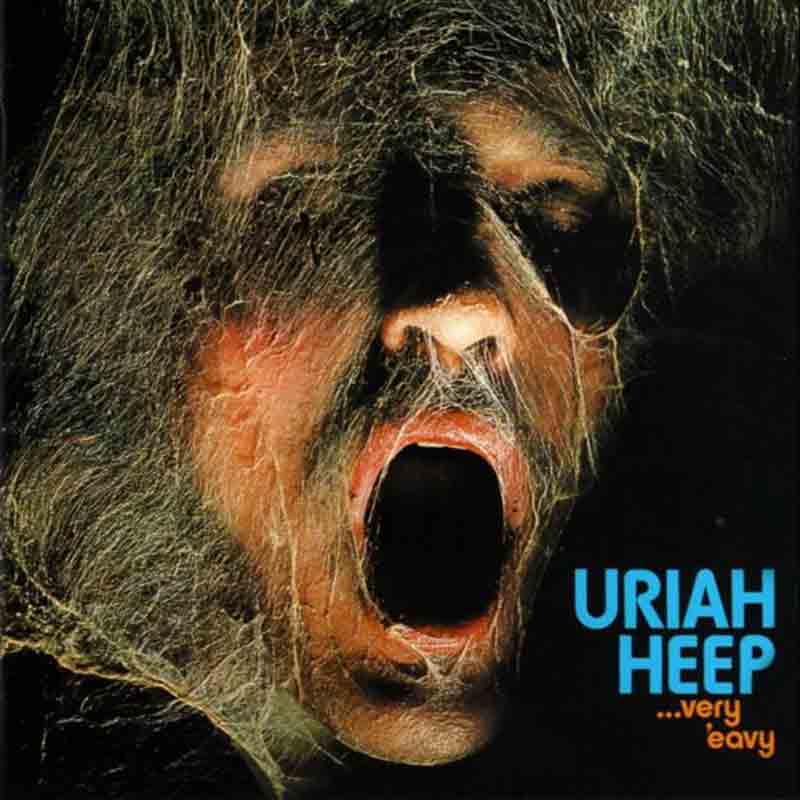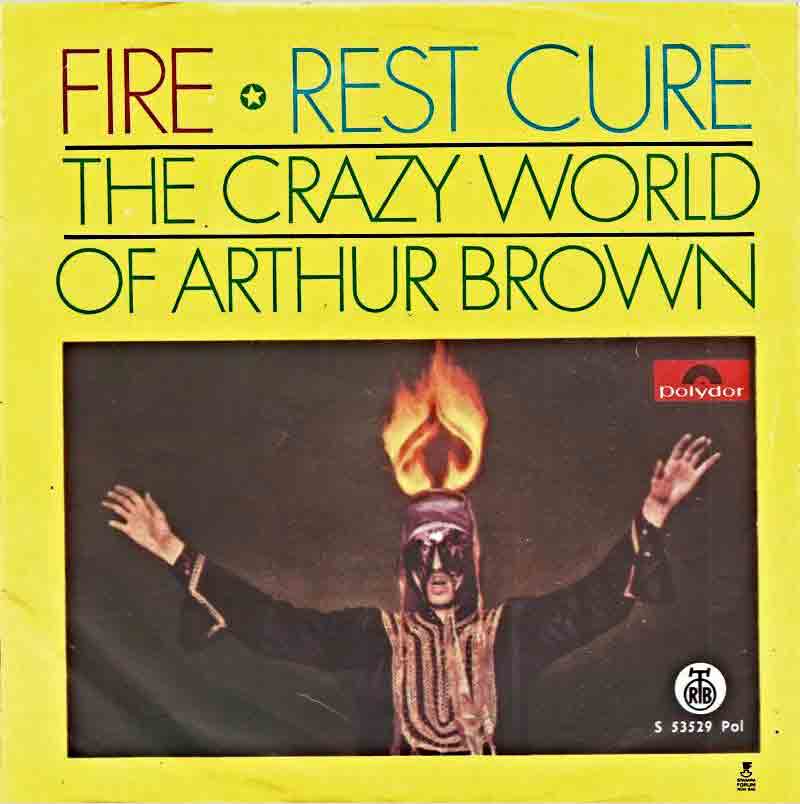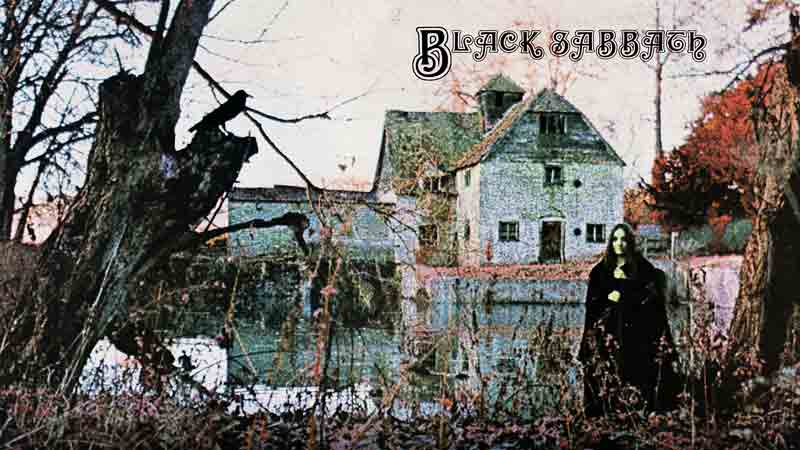
EDDIE BRAZIL heads to The Jukebox from the Crypt to discover Brit rock with spooky connections
If future historians look back and try to pinpoint an era which defined a watershed in Western, cultural civilization and a break from the past they will probably focus in on the later decades of the 20th century, in particular the middle 1950s, 60s and the first half of the 1970s.
When a guitar-toting Elvis Presley gyrated his way on to a stage in 1956 and invented Rock and Roll, he brought with him an emerging teenage/youth culture who were no longer prepared to be clones of their parents.
Presley’s ripples soon crossed the Atlantic to be embraced by a willing and eager British youth from which would ultimately rise the early dominance of UK pop groups.
In 1965 British bands owned popular music and had re defined and repackaged an original American product that had become stale and insipid.
By 1967, however, US bands had begun to catch up, yet they would have their own agenda to contend with.
The American political scene demanded that stateside groups address the problems of civil rights and the scourge of the Vietnam war.
It was a message which was put across in an American blues and country/rock style.
In Britain, however, musicians, taking their cue from the 19th century romantics, looked increasingly to the history, folklore and literature of the UK as inspiration for their creativity.
By 1967 the need to progress from the restrictions of the three minute single and banal lyrics saw British groups raid the works of fantasy writers such as C.S. Lewis, and J.R.R. Tolkien, and the thematic music structures of baroque and classical composers such as Bach and Beethoven. They also tapped in to the legends of ancient Britain.
Fire by The Crazy World of Arthur Brown
The first stirrings of this British pop and rock obsession with the supernatural and mythology, appeared in 1968 with the release of, “Fire” by The Crazy World of Arthur Brown.
It was a single which had a foot in both the pop world and that of psychedelia.
One could dance to it, but it also contained lyrics which began: “I am the god of hellfire.”
Brown would often appear on stage with his face daubed in a death mask, while on his head a crown of fire burned making him look like an ancient druid high priest about to summon some pagan demon.
The template of Gothic rock had been set and other bands took up the baton.

“The Piper at the Gates of Dawn” by Pink Floyd
A year before the release of “Fire”, Pink Floyd made their way in to Abbey Road studios to record their debut album. (The Beatles were down the corridor making Sergeant Pepper.)
Taking its name from a chapter in the children’s fantasy novel, The Wind in the Willows by Kenneth Grahame, “The Piper at the Gates of Dawn” was band founder and chief songwriter Syd Barrett’s opportunity to explore the world of childhood fantasy, along with his interest in the cosmos and the I-ching (The Chinese book of changes) with songs such as “Astronomy Domine”, “Lucifer Sam”, “Chapter 24” and “Interstellar Overdrive”.
The Floyd would continue in this vein even after Barrett had departed with the recording of the truly terrifying “Careful with that Axe, Eugene”, a track to be found on their live album, Ummagumma, and containing the eerie cry of banshees and the most bloodcurdling scream in rock.
It is based loosely on the legend of “The Hook”, urban folklore’s tale of the two midnight lovers who are confronted in their car by an axe-wielding homicidal maniac.
Other British bands of the time explored music, which took its lead from the baroque composers of the 17th century and can be described as Gothic psychedelic.
The Nice released “The Thoughts of Emerlist Davjack” in 1967, and to many at the time it sounded as if the music was the product of an insane, undead count manically playing the organ in a storm wrecked, crumbling castle.
Tracks such as “Flower King of Flies”, “The children all in white had gathered here tonight”, “War and Piece”, “Dawn” and the phenomenal “Rondo” painted a picture of a demented J.S. Bach high on steroids.
By 1969, many British bands had traded in the three-minute single for organs, synthesizers and lengthy compositions.
King Crimsom wrote of “Schizoid men, Fire Witches and Moon-children within the Court of the Crimson King”.
Whilst prog rockers Yes took off for the Tolkinesque worlds which were, “Topographic Oceans”, “Close to the Edge”, or “At the Gates of Delirium”.
London heavy rockers Uriah Heep would go down the Tolkien road and tell of Demons, Wizards and Magicians.
However, their debut record “Very Heavy, Very Umble” would have an album cover straight out of a Hammer horror movie with its cob webbed, eyeless, shadowy face peering back at the viewer.
In 1970, the album which is considered the blueprint for what would become Heavy Metal rock was released by English band Black Sabbath.
Taking their moniker from the Boris Karloff horror film of the same name, they were straight ahead heavy rockers.

Yet, their music, imagery and style, reinforced by the eerie cover picture of their debut record, labeled the band as almost satanists.
The doom laden crashing chords of the opening track, “Black Sabbath”, with its tolling church bell, falling rain and rumbling thunder would become a template for all heavy metal bands to copy.
A million miles from the heavy riffs of Sabbath was the 12 string acoustic sound of the Quintessential English band, Genesis.
Throughout their career the group looked to mythology and fantasy as inspiration for songs.
Their third album, “Nursery Cryme”, contains tracks which delve into the paranormal, English and Greek mythology, and their own take on the John Wyndham horror novel, “The Day of the Triffids” with “The return of the giant Hogweed”.
Yet it was Genesis sixth studio album, the sprawling double-sided concept “The Lamb lies down on Broadway”, which saw them enter fully in to the domain of fantasy and dreamscapes.
It tells the tale of a New York youth, Rael, who journeys through a nightmarish, subterranean world in search of his brother.
Here he encounters fantastical creatures such as The flesh eating Lamia, The colony of grotesque Slippermen, The Lilly-white Lilith, The Carpet Crawlers and the Supernatural Anaesthetist.
It is a surreal, never-world complete with walls of death, tunnels, chandelier, lit caves, shadowy corridors and chambers of endless doors.
The supernatural and fantasy flames of British rock which glowed so brightly between 1967 and 1975 have long since dimmed.
The rock and roll of Presley and the British 60s beat boom seems another world away, and has today fractured in to a million sub genres.
Yet, the genre still occasionaly flickers.
Heavy rockers, Negotium debut record carries the Latin title “Negotium Parambulans in Tenebris”.
It is from a short horror story by E F Benson.
Its English translation is, “The pestiliance that walks at night”.
London prog rockers Scarecrow Ruins’ first album, “Cold Oedipus Dreams”, tells the story of a young man’s oedipal relationship with the ghost of his mother.
Progressive fantasy rock and Heavy metal music are both British creations inspired by the literary and paranormal heritage of the nation, and also by an enhancing, inclement climate of rain, wind and mist.
It’s hard to imagine a genre of music emanating from modern, vibrant, sunny countries, such as Australia or South Africa.
Yet it is over 50 years now since the beast first came forth.
Today, it has returned to the crumbling, cob-webbed gothic crypt from whence it came.
There, in its tomb, it lies in peace waiting for a new generation of music fans, sickened by the reality and insanity of the modern world, and in need of their own supernatural fix, give it life once more.
Tell us your favourite British music with supernatural connections in the comments section below!



Hi Eddie, I ended up reading your article sooner than I intended. I was trying to get from messenger to facebook, and clearly pressed the wrong button, not an unusual occurrence. I enjoyed the article, thought it was well written, and informative. Who would have thought, that a little kid from Rainbow Street, would end up being The Bard Of Camberwell, good on you mate.
Hi Mark. Only just, to my shame, found your message. Thanks very much, glad you liked the piece.